Unique: PROTIQ enables additive production using the Zamak 5 series material
PROTIQ GmbH takes the production of zinc components to the next level: although zinc die casting has hitherto been the most common process for the production of prototypes and series components made of the material Zamak 5, this is set to change, because the 3D printing experts from Blomberg are now the first company in the world to offer an alternative production method using additive manufacturing, with considerable time and cost savings.
Zinc components now produced with a 3D printer
The technology has developed considerably since the invention of 3D printing in the 1980s, becoming an integral part of industrial production. Various processes, such as selective laser melting or laser sintering, now allow manufacturing of prototypes and serial components from many different starting materials. PROTIQ now also offers the material Zamak 5 for this purpose.
Up to now the zinc alloy consisting of aluminum, copper and small amounts of magnesium has primarily been processed by means of zinc die casting, a process in which molten metal is pressed at high speed and under high pressure into a previously manufactured die that defines the geometry of the component after it has cooled down. The often manual production of the die is very complex, which is why zinc die casting tends to be used late in the product development process, since every geometric adaptation to a component requires the production of a new die. The more complex the component’s geometry, the greater the effort required. But all that is now a thing of the past. PROTIQ has now developed a globally unique process for the additive processing of the series material Zamak 5 which dispenses with the high costs and time investment typical for the zinc die casting process.
Enormous time and cost savings thanks to additive manufacturing
While the zinc die casting process takes weeks to produce the final component, the product manufactured by PROTIQ using selective laser melting is available to the customer within a few days. An expensive die is no longer necessary, as the component is made by building up formless material layer by layer. If the customer requests changes, the 3D model merely needs to be adapted in the 3D printing process. The production costs never change. Functional prototypes can thus be economically produced right at the start of component development and easily modified at any time up to the final shape by adapting the CAD data, not only shortening the development process and time-to-market considerably, but also significantly increasing flexibility.
Alongside the production of prototypes, additive processing of Zamak 5 has the potential of printing components directly in series. The 3D printing process is also worthwhile for spare parts made of zinc. Previously, dies that had to be stored at great expense and repaired or rebuilt in the event of damage were required to manufacture such parts. Additive manufacturing, on the other hand, requires only an appropriate 3D data set and production can start without delay.
The highest of service standards
PROTIQ offers the best conditions for manufacturing not only prototypes but also small and medium-sized series at the highest quality standards. TÜV SÜD certifications according to DIN-ISO 9001 and industrial additive manufacturing facilities ensure this. Thanks to the efficient processes at PROTIQ, the components can be delivered within a few working days.
The surfaces of the additively manufactured Zamak components can also be electroplated as usual, in order to give them an elegant, high-gloss chrome look, for example.
Upload your 3D data now and order your customized Zamak component!
More News
Are your 3D files ready?
Just upload your data. All files are automatically checked and optimized for printing.
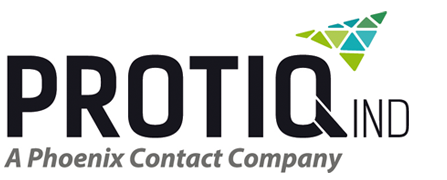


 Deutsch
Deutsch English
English Italiano
Italiano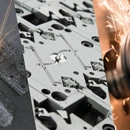
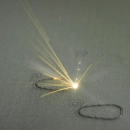
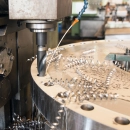
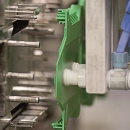
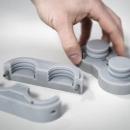
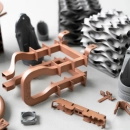
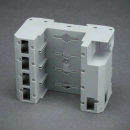

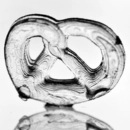
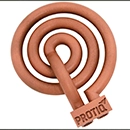
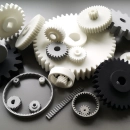
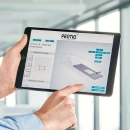
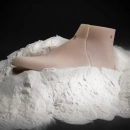


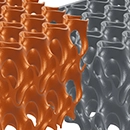

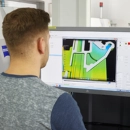
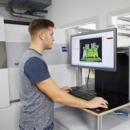
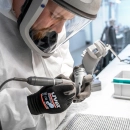
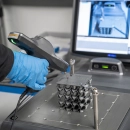
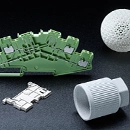
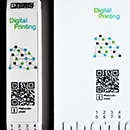
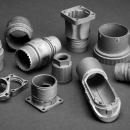
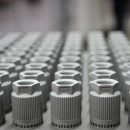
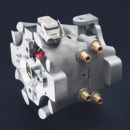

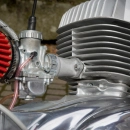
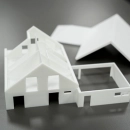

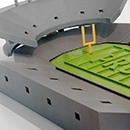

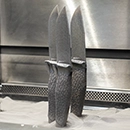
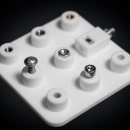

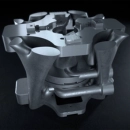
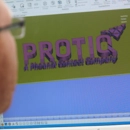

.jpg)






